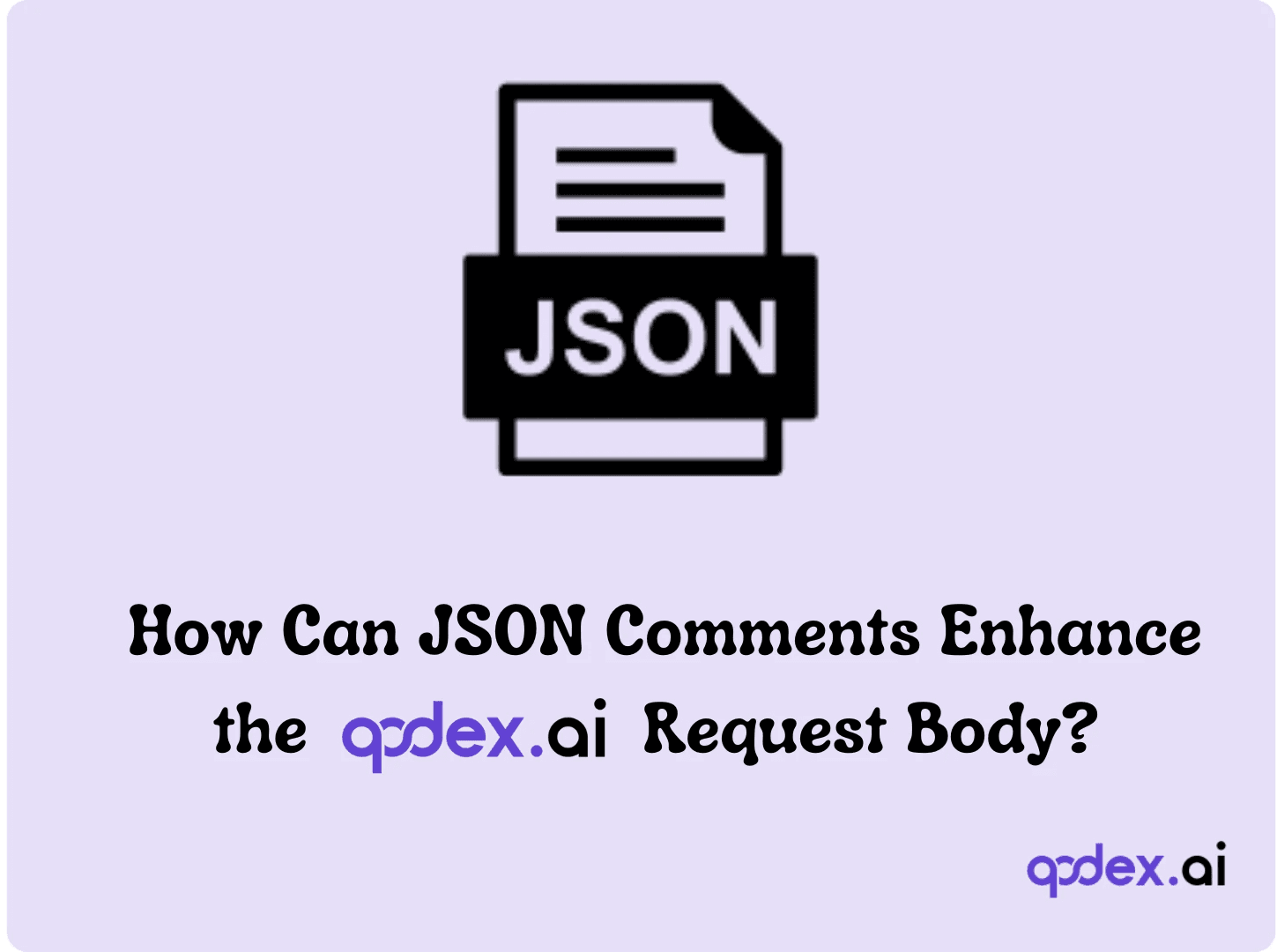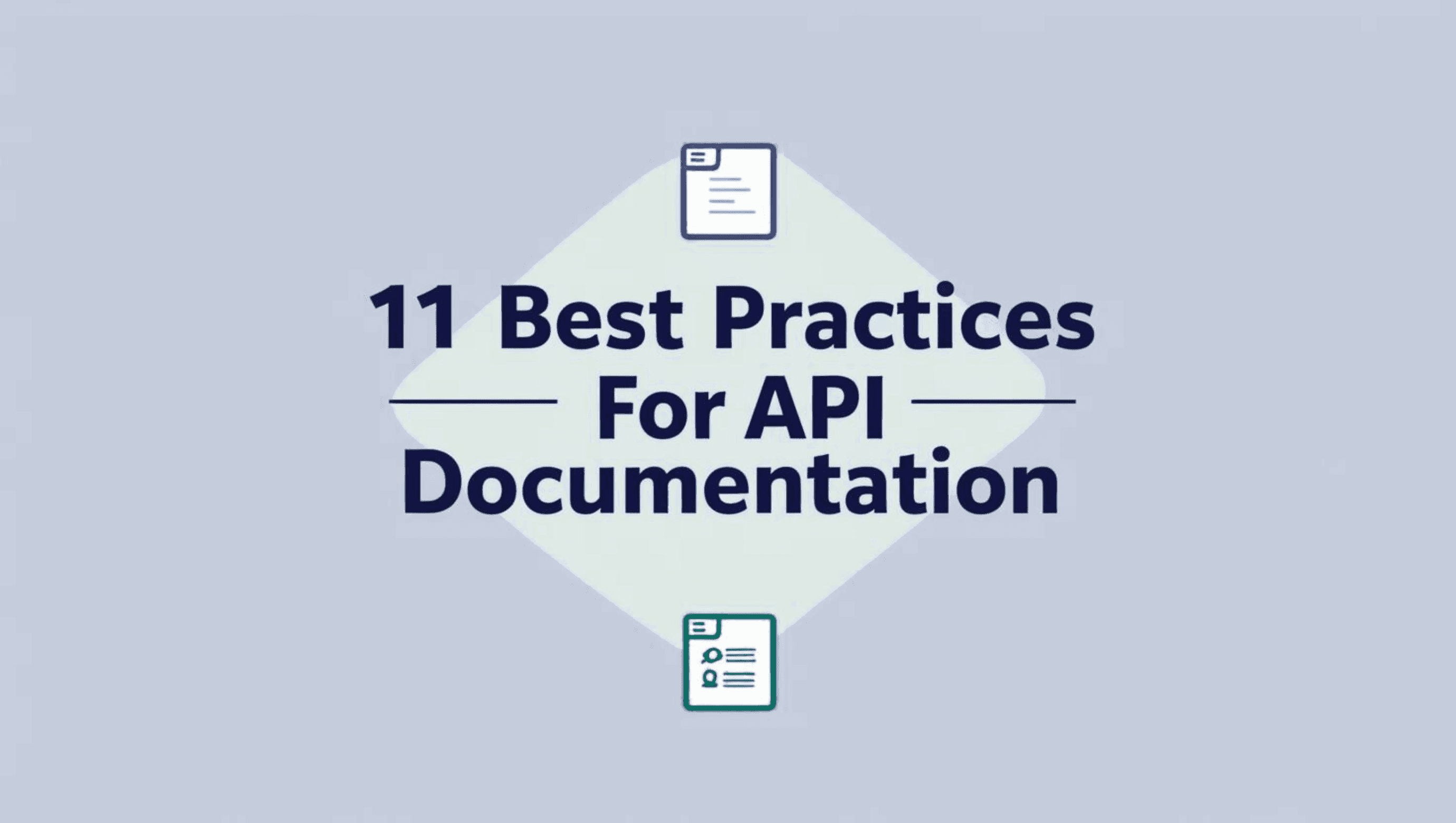Understanding JSON Schema: A Guide for Qodex.ai Users
Introduction
In the dynamic landscape of data management, precision and structure are key. Enter JSON Schema, a fundamental tool that not only defines but also validates the blueprint of the JSON data.
What is JSON Schema?
JSON Schema acts as a robust validation tool for maintaining the structural integrity of JSON data. At its core, it defines the blueprint of acceptable data structures, providing a standardized way to validate and document the properties, data types, and constraints within JSON objects.
JSON Schema is a language for defining and validating the structure of JSON data. It allows you to specify the objects and define the valid values for properties within those objects. JSON Schema serves as both human-readable and machine-readable documentation.
Structure of JSON Schema: JSON Schema includes elements such as objects, arrays, and name-value pairs, which are used for specifying schema processing and validating JSON content.
$schema: Specifies the version of the JSON schema being used.
title and description: Provides information about the schema.
required: Lists elements that must be present in the JSON object.
additionalProperties: Specifies whether additional properties beyond those explicitly defined are allowed.
JSON Content Definition:
For JSON objects, JSON Schema uses the name-value pair "type": "object".
For arrays, it uses "type": "array".
JSON Schema is crucial for ensuring the validity and structure of JSON data, making it easier to understand and validate data models.
Example:
{"$id": "https://example.com/person.schema.json","$schema": "http://json-schema.org/draft-07/schema#","title": "Voters information","type": "object","properties": {"firstName": {"type": "string","description": "The person's first name." },"lastName": {"type": "string","description": "The person's last name."},"age": {"description": "Age in years which must be equal to or greater than eighteen in order vote.","type": "integer","minimum": 18}}}
Output:{"firstName": "Indra","lastName": "Sen","age": 20}
The above JSON schema contains the following:$id keyword
$schema keyword
title annotation keyword
properties validation keyword
Three keys: firstName, lastName and age each with their own description keyword.
type instance data model (see above)
minimum validation keyword on the age key.
Key Components of JSON Schema:
Properties: JSON Schema defines the properties of JSON objects, outlining the fields that are expected and their corresponding data types.
Data Types: Explore the variety of data types supported by JSON Schema, from simple types like strings and numbers to more complex structures.
Validation Keywords: Uncover the essential validation keywords that empower users to set rules, ensuring that data adheres to predefined constraints.

Creating a JSON Schema
A step-by-step guide on how to create a JSON Schema:
Step 1: Define the JSON Object
First, you need to identify the structure of the JSON object you want to validate.
Example JSON Object:
{"id": 1,"name": "John Doe","email": "john.doe@example.com","isActive": true,"roles": ["admin", "user"],"address": {"street": "123 Main St","city": "Anytown","postalCode": "12345"}Step 2: Start the JSON Schema
Begin by specifying the version of the JSON Schema you are using and defining the root object.
Example JSON Schema:
{"$schema": "http://json-schema.org/draft-07/schema#","title": "User","description": "A user object","type": "object","properties": {Step 3: Define Properties
List all the properties of the JSON object, specifying their types and descriptions.Example:
"id": {"type": "integer","description": "The unique identifier for a user"},"name": {"type": "string","description": "The user's name"},"email": {"type": "string","format": "email","description": "The user's email address"},
"isActive": {"type": "boolean","description": "Indicates if the user is active"},"roles": {"type": "array","items": {"type": "string"},"description": "The roles assigned to the user"},"address": {"type": "object","properties": {"street": {"type": "string","description": "The street address"},"city": {"type": "string","description": "The city"},"postalCode": {"type": "string","description": "The postal code"}},"required": ["street", "city", "postalCode"]}}Step 4: Specify Required Fields
Indicate which fields are mandatory in the JSON object.Example:
},"required": ["id", "name", "email", "isActive", "roles", "address"]}Complete JSON Schema
Combine all parts to form the complete JSON Schema.Complete Example:
{"$schema": "http://json-schema.org/draft-07/schema#","title": "User","description": "A user object","type": "object","properties": {"id": {"type": "integer","description": "The unique identifier for a user"},"name": {"type": "string","description": "The user's name"},"email": {"type": "string","format": "email","description": "The user's email address"},"isActive": {"type": "boolean","description": "Indicates if the user is active"},"roles": {"type": "array","items": {"type": "string"},"description": "The roles assigned to the user"},"address": {"type": "object","properties": {"street": {"type": "string","description": "The street address"},"city": {"type": "string","description": "The city"},"postalCode": {"type": "string","description": "The postal code"}},"required": ["street", "city", "postalCode"]}},"required": ["id", "name", "email", "isActive", "roles", "address"]}
Tips for Creating JSON Schema
Use Descriptive Titles and Descriptions: Provide meaningful titles and descriptions to make the schema self-explanatory.
Leverage Data Types and Formats: Utilise appropriate data types (string, number, object, array) and formats (email, date) for validation.
Define Required Fields: Clearly specify which fields are mandatory to ensure data integrity.
Nested Objects and Arrays: Properly define nested objects and arrays to capture the structure accurately.
Keep It Up to Date: Maintain the schema as your data model evolves to ensure consistency.
What are the benefits of working with JSON Schema?
JSON Schema offers many advantages when working with JSON data. Here are some simple explanations of these benefits:
Data Contracts: JSON Schema is like an agreement between those who share data. It clearly says how the data should look, reducing confusion and disagreements about what the data should be like.
Data Validation: JSON Schema makes sure that the data you get follows the rules. It checks if the data is in the right format and has the correct information, preventing mistakes with the data.
Data Governance: JSON Schema helps keep control over how data is organized. This is important for following rules and making sure data is managed well, which is necessary for things like following laws and best practices.
Improved Data Quality: JSON Schema helps make sure your data is good quality. It stops incorrect data from causing problems, making your programs work better and more reliably.
Documentation: JSON Schema is like a guidebook for data. It explains how the data should look and what it can have. This makes it easier for people using the data to understand how it works.
What are some of the use cases of JSON Schema?
JSON Schema is a versatile tool with several use cases across various domains. Here are some common use cases:
Data Validation: Ensure that incoming JSON data adheres to a specified structure and meets defined constraints. This is crucial for preventing invalid or unexpected data from causing issues in applications.
API Documentation: Use JSON Schema to document the expected structure of data in APIs. This serves as a clear guide for developers consuming the API, helping them understand how to interact with the data.
Data Transformation: Employ JSON Schema to transform and validate data during the conversion process. It ensures that data is correctly formatted before being passed to another system or application.
Data Modeling: JSON Schema can be used for modeling and designing data structures. It helps in defining the properties and relationships within the data, providing a blueprint for data management.
Configuration File: Employ JSON Schema to validate and define the structure of configuration files used by applications. This ensures that configuration files follow a standardized format and minimizes errors.
Form Validation: Integrate JSON Schema with web forms to validate user input. It ensures that data entered by users follows the expected format and helps prevent submission errors.
Code Generation: JSON Schema can be used to generate code or classes in programming languages. This promotes consistency between the data model and the code that interacts with it.
Data Quality Assurance: Use JSON Schema to enforce data quality standards. By validating data against predefined rules, organizations can maintain a high level of data accuracy and consistency.
Automated Testing: Integrate JSON Schema into automated testing processes to validate the correctness of JSON responses from APIs. This ensures that APIs continue to provide the expected data structure.
Data Governance and Compliance: JSON Schema plays a role in data governance by enforcing rules on how data is structured and ensuring compliance with regulatory requirements. This is crucial in industries with strict data management standards.
Metadata Management: JSON Schema can be used to define metadata for datasets. This helps in providing additional information about the data, such as data types and constraints.
Integration with NoSQL Databases: Use JSON Schema to define the structure of data stored in NoSQL databases. This ensures consistency in data representation and retrieval.

Why JSON Schema Matters for Qodex.ai Users
In the context of Qodex.ai, where precision and consistency are paramount, JSON Schema emerges as a crucial tool. By embracing JSON Schema, users can fortify their data structures, enhance API interactions, and maintain a standardized data format throughout the Qodex.ai ecosystem.
JSON Schema in Qodex.ai
Witness the power of JSON Schema in action within Qodex.ai. Whether you're designing APIs, managing data, or orchestrating complex workflows, JSON Schema becomes a guiding force, offering a seamless experience for users to validate and structure their data effectively.
Best Practices for Using JSON Schema
To make the most of JSON Schema within Qodex.ai, consider these best practices:
Leverage descriptive property names for clarity.
Employ reusable schema definitions to streamline consistency.
Regularly validate and update schemas as your data evolves.
Automate your API testing with Qodex.ai in less than 30 minutes. Click here to know more.
With Qodex.ai, you have an AI co-pilot Software Test Engineer at your service. Our autonomous AI Agent assists software development teams in conducting end-to-end testing for both front-end and back-end services. This support enables teams to accelerate their release cycles by up to 2 times while reducing their QA budget by one-third.
Frequently Asked Questions
Why should you choose Qodex.ai?
Qodex.ai simplifies and accelerates the API testing process by leveraging AI-powered tools and automation. Here's why it stands out:
- AI-Powered Automation
Achieve 100% API testing automation without writing a single line of code. Qodex.ai’s cutting-edge AI reduces manual effort, delivering unmatched efficiency and precision.
- User-Friendly Platform
Effortlessly import API collections from Postman, Swagger, or application logs and begin testing in minutes. No steep learning curves or technical expertise required.
- Customizable Test Scenarios
Whether you’re using AI-assisted test generation or creating test cases manually, Qodex.ai adapts to your needs. Build robust scenarios tailored to your project requirements.
- Real-Time Monitoring and Reporting
Gain instant insights into API health, test success rates, and performance metrics. Our integrated dashboards ensure you’re always in control, identifying and addressing issues early.
- Scalable Collaboration Tools
Designed for teams of all sizes, Qodex.ai offers test plans, suites, and documentation that foster seamless collaboration. Perfect for startups, enterprises, and microservices architecture.
- Cost and Time Efficiency
Save time and resources by eliminating manual testing overhead. With Qodex.ai’s automation, you can focus on innovation while cutting operational costs.
- Continuous Integration/Delivery (CI/CD) Compatibility
Easily integrate Qodex.ai into your CI/CD pipelines to ensure consistent, automated testing throughout your development lifecycle.
How can I validate an email address using Python regex?
You can use the following regex pattern to validate an email address: ^[a-zA-Z0-9._%+-]+@[a-zA-Z0-9.-]+\.[a-zA-Z]{2,}$
What is Go Regex Tester?
Go Regex Tester is a specialized tool for developers to test and debug regular expressions in the Go programming environment. It offers real-time evaluation of regex patterns, aiding in efficient pattern development and troubleshooting
Discover, Test, & Secure your APIs 10x Faster than before
Auto-discover every endpoint, generate functional & security tests (OWASP Top 10), auto-heal as code changes, and run in CI/CD - no code needed.
Related Blogs


